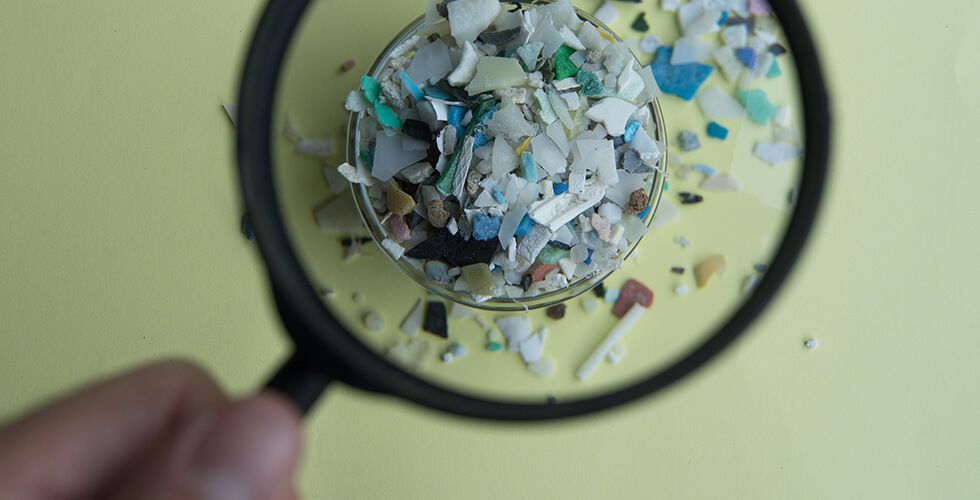A startling new study has revealed that the average person may inhale over 70,000 microplastic particles every single day, most of them tiny enough to lodge deep inside the lungs.
Researchers from the Université de Toulouse in France analyzed indoor air samples from apartments and cars using advanced Raman spectroscopy. What they found shocked them: apartment air contained a median of 528 microplastic particles per cubic meter, while car interiors clocked in at an alarming 2,238 particles per cubic meter. An estimated 94% of those particles were smaller than 10 micrometers, so small they can easily penetrate lung tissue.
From these findings, the team calculated that adults inhale roughly 71,000 microplastic particles daily, with 68,000 of them in the sub-10-micrometer range. That’s 100 times higher than previous estimates.
The reason? We spend about 90% of our lives indoors—in homes, offices, cars, and public spaces—breathing in a near-constant stream of microplastic pollution without even realizing it.
What happens when all that plastic gets into our bodies is still unclear, but early research paints a troubling picture. Studies suggest inhaled microplastics could contribute to inflammation, lung disease, fertility issues, cardiovascular problems, and even cancer.
Scientists are now calling for urgent research into the health effects of chronic exposure and ways to minimize risk. Simple steps like using HEPA filters, ventilating indoor spaces, and reducing synthetic textiles and plastics in home environments could help lower concentrations.
Plastic pollution isn’t just in our oceans and food—it’s in every breath we take. As the study’s authors warn, the invisible storm of microplastics swirling around us is a growing public health concern we can’t afford to ignore. The findings were published in the journal PLOS One.

